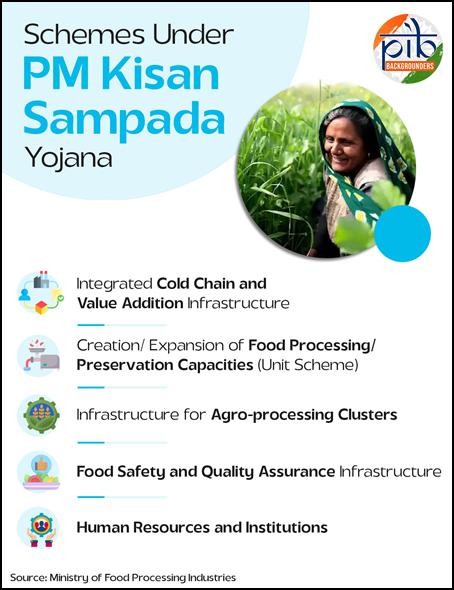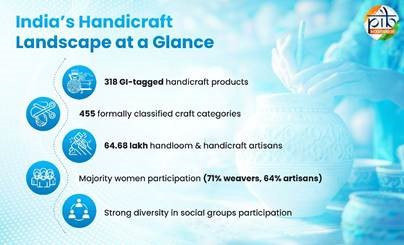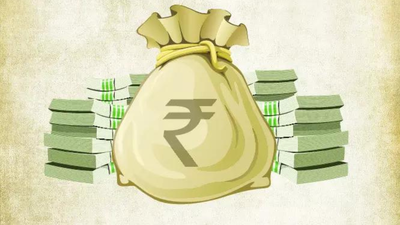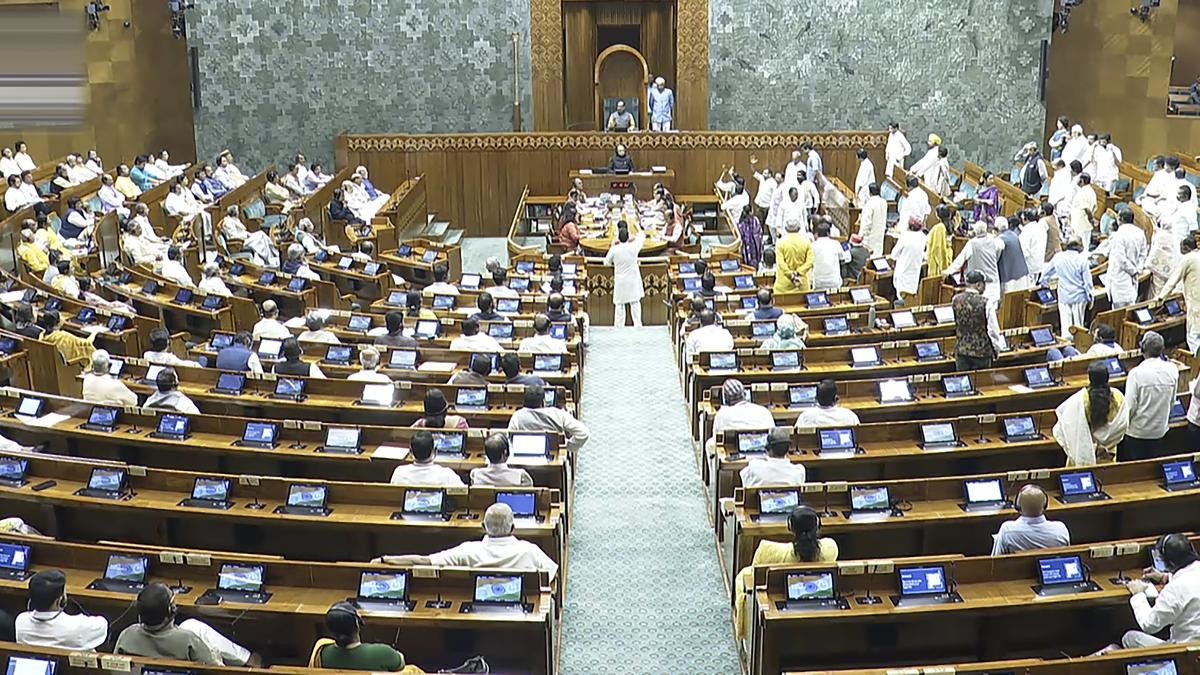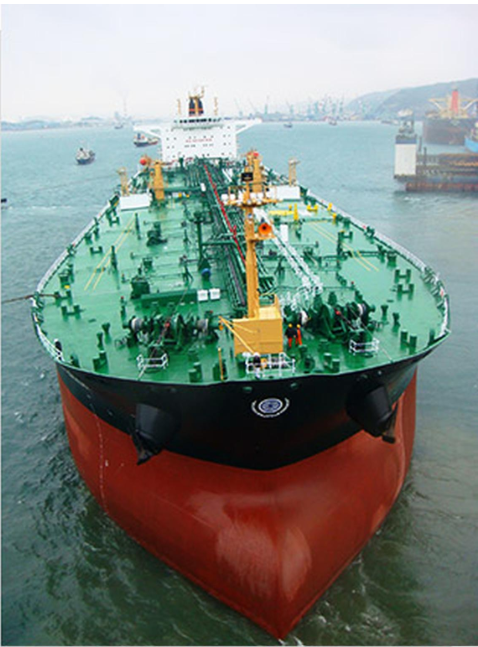Description
Copyright infringement not intended
Picture Courtesy: PIB
Context:
India produces a vast quantity of perishable agricultural commodities each year, but a significant portion is lost due to inadequate post-harvest handling, storage, and transportation. These losses affect farmers’ incomes, disrupt supply chains, and increase food prices for consumers.
Recognizing the need for modern infrastructure to reduce wastage and enhance value addition, the government launched the Integrated Cold Chain and Value Addition Infrastructure (ICCVAI) scheme under PMKSY.
What is Integrated Cold Chain and Value Addition Infrastructure (ICCVAI)?
The ICCVAI is a government initiative under the Pradhan Mantri Kisan Sampada Yojana (PMKSY) aimed at reducing post-harvest losses in India’s agriculture sector. It focuses on building a seamless cold chain and value addition infrastructure from the farm gate to the consumer, ensuring that perishable goods such as dairy, meat, poultry, fish, and other non-horticultural products are stored, processed, and transported efficiently.
Key features of ICCVAI include:
- Farm-Level Infrastructure (FLI): Pre-cooling units, storage facilities, and primary processing at farms.
- Distribution Hubs (DH): Centralized storage and aggregation centers for efficient movement of goods.
- Temperature-Controlled Transport: Refrigerated vehicles for safe transport to markets.
- Value Addition Facilities: Processing, packaging, and modern preservation technologies (like food irradiation) to enhance shelf life and quality.
Objectives of ICCVAI
- Reduce post-harvest losses across perishable goods
- Improve farmer incomes through better price realization
- Strengthen cold chain infrastructure from farm to retail
- Promote value addition and processing of agricultural produce
- Generate employment opportunities in food processing and logistics
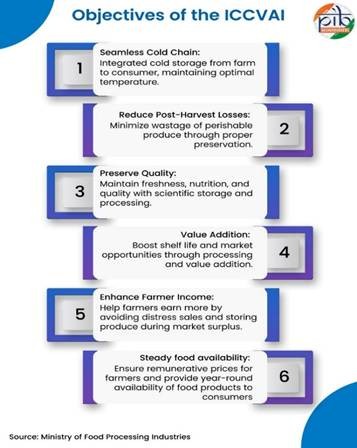
Picture Courtesy: PIB
Key Components
ICCVAI supports setting up infrastructure across the supply chain. Key components include:
- Farm Level Infrastructure (FLI): Pre-cooling units, storage, and handling facilities
- Distribution Hubs (DH): Centralized storage and aggregation points
- Refrigerated/Insulated Transport: Temperature-controlled transport connecting farms to markets
- Processing Units: Modern food processing and preservation units
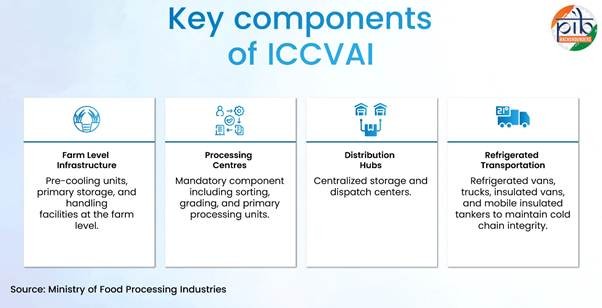
Picture Courtesy: PIB
Current Status:
- Total allocation for the 15th Finance Commission cycle (up to March 2026): ₹6,520 crore(Source: PIB)
- 35% subsidy in general areas; 50% in difficult regions and for SC/ST groups, FPOs, SHGs. (Source: PIB)
Impact of ICCVAI on agriculture and economy:
- Reduction in Post-Harvest Losses:Improved storage, transportation, and processing have significantly lowered losses in dairy, meat, poultry, and fisheries sectors.
- Higher Farmer Incomes:Farmers can sell produce at better prices due to improved storage and access to larger markets.
- Job Creation:Cold chain projects have generated thousands of employment opportunities, including in operations, logistics, and maintenance.
- Enhanced Food Security and Consumer Benefits:Ensures year-round availability of perishable products and stabilizes prices and improves quality for consumers.
- Boost to Food Processing Industry:Facilitates value addition through processing, packaging, and modern preservation techniques like food irradiation.
- Economic and Technological Development:Encourages modern, energy-efficient, and tech-enabled solutions such as IoT-based monitoring and AI logistics.
Challenges:
- High Initial Investment:Setting up cold storage, refrigerated transport, and processing units requires substantial capital, which can be a barrier for small farmers or startups.
- Infrastructure Gaps:Many rural areas lack reliable electricity, roads, and transport, limiting the effectiveness of cold chain solutions.
- Fragmented Supply Chains:Coordination between farmers, processors, distributors, and retailers is still weak in some regions, causing inefficiencies.
- Limited Awareness and Skill Gaps:Farmers and local stakeholders may lack knowledge of cold chain technologies, proper handling, and value addition practices.
- Maintenance and Operational Issues:Cold chain infrastructure is technically intensive; poor maintenance or lack of trained staff can lead to breakdowns and losses.
- Access to Finance:While subsidies exist, navigating funding procedures and getting loans for implementation can be complex for small operators.
- Technological Adaptation:Adoption of modern tech like IoT monitoring, energy-efficient systems, or food irradiation is uneven and requires training.
Government Initiatives for Cold Chain Development:
Mission for Integrated Development of Horticulture (MIDH)
- Provides financial support for construction, expansion, and modernization of cold storage facilities with capacities up to 5,000 MT.
- Offers credit-linked back-ended subsidies ranging from 35% in general areas to 50% in North Eastern, hilly, and scheduled areas.
Operation Greens Scheme
- Launched under PMKSY to develop the Tomato, Onion, and Potato (TOP) value chains.
- Later extended to include other fruits, vegetables, and shrimp to ensure price stabilization and reduce post-harvest losses.
National Horticulture Board (NHB)
- Provides capital investment subsidies for constructing, expanding, and modernizing cold storage facilities.
- Supports storage capacities ranging from 5,000 MT to 20,000 MT, including Controlled Atmosphere (CA) storage to promote scientific storage.
Agriculture Infrastructure Fund (AIF)
- Established with a corpus of ₹1 lakh crore to develop post-harvest management and community farming assets, including cold storages and warehouses.
- Provides collateral-free term loans of up to ₹2 crore with 3% per annum interest subvention to eligible beneficiaries.
Way Forward:
- Expand Cold Chain Coverage: Increase the number and capacity of cold storage, pre-cooling units, and refrigerated transport across all regions, including remote and difficult areas.
- Promote Technology Adoption
- Encourage IoT-based monitoring for temperature and humidity control.
- Utilize AI and data analytics for demand forecasting, logistics optimization, and reducing wastage.
- Strengthen Farmer Linkages: Connect farmers directly with processors, distributors, and retailers to ensure better price realization.
- Facilitate Private Sector Participation: Provide incentives for private companies to invest in integrated cold chain infrastructure.
- Enhance Financial Support Mechanisms: Expand funding under PMKSY, MIDH, NHB, and AIF to cover emerging needs.
- Strengthen Policy & Regulatory Framework: Formulate clear guidelines for quality standards, food safety, and operational compliance.
- Promote Value Addition: Establish processing and packaging facilities to extend shelf life and create market-ready products.
Source: PIB
|
Practice Question
Q. Discuss the Integrated Cold Chain and Value Addition Infrastructure (ICCVAI) scheme in India. Highlight its objectives, key components, complementary government initiatives, challenges, and suggest measures for improving its effectiveness in reducing post-harvest losses. (250 Words)
|
Frequently Asked Questions (FAQs)
It is the Integrated Cold Chain and Value Addition Infrastructure scheme under PMKSY, aimed at reducing post-harvest losses and improving farmer incomes by creating end-to-end cold chain solutions.
The scheme covers dairy, meat, poultry, and marine/fish products (excluding fruits, vegetables, and shrimp, which fall under separate schemes).
Eligible applicants include individuals, Farmer Producer Organizations (FPOs), NGOs, PSUs, companies, cooperatives, and self-help groups.




